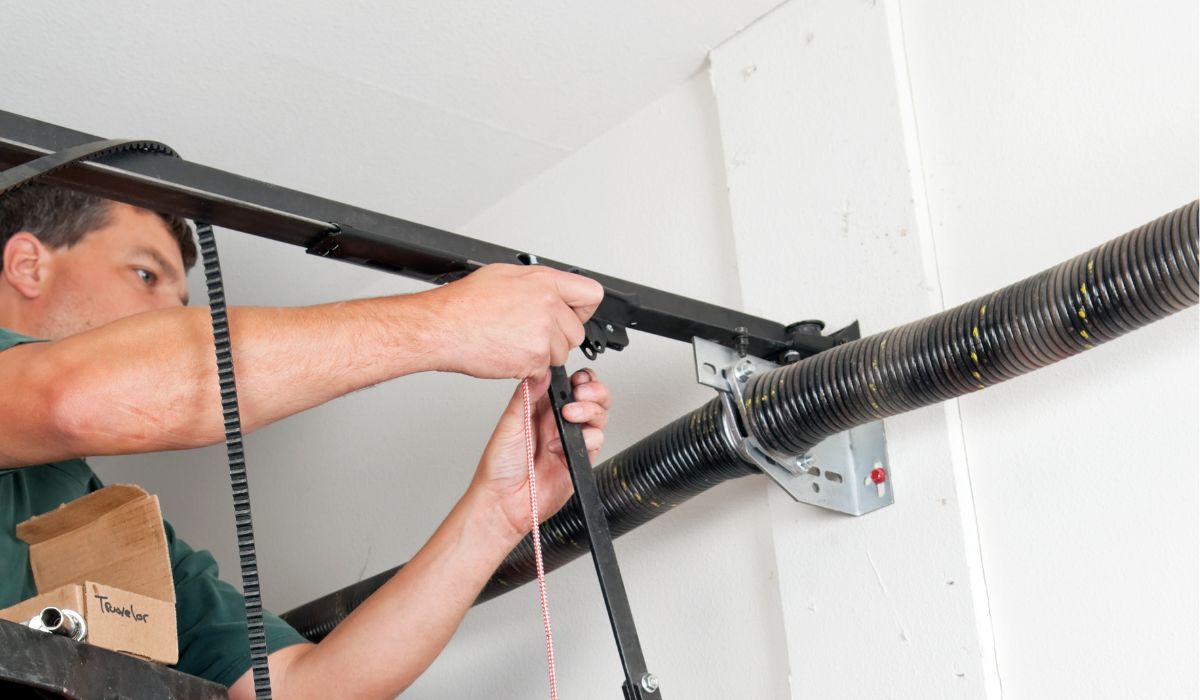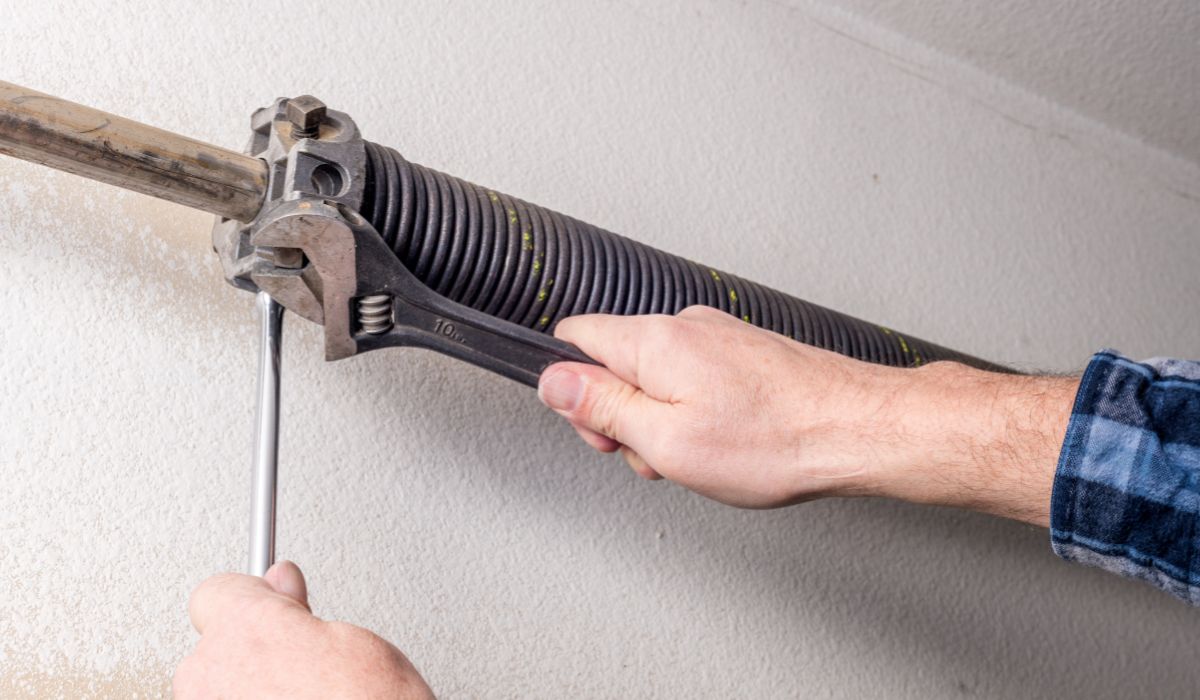Regarding garage doors, the springs play a pivotal role in ensuring smooth and efficient operation. These unsung heroes of the garage world are responsible for counterbalancing the door’s weight, making it easier to open and close. However, with different types of springs available, it can be confusing to understand which one is best suited for your needs. In this comprehensive guide, we’ll dive deep into garage door springs, exploring their types, advantages, and considerations to help you make an informed decision.
Torsion Springs – The Reliable Workhorses
Torsion springs are the most common type used in modern garage door systems. These robust springs are mounted horizontally above the door opening and are responsible for lifting and lowering the door. They work by winding and unwinding, providing the necessary force to counterbalance the door’s weight.
Advantages of Torsion Springs
- Durability: Torsion springs are known for longevity and can last up to 20,000 cycles, or approximately 7-10 years with regular use.
- Smooth Operation: These springs ensure a smooth and consistent opening and closing motion, minimizing jerky movements or uneven lifting.
- Low Maintenance: Torsion springs require minimal maintenance, making them a convenient choice for homeowners.
Considerations for Torsion Springs
- Professional installation is highly recommended due to the high tension involved.
- Torsion springs come in various wire sizes and lengths, which must match your garage door’s weight and size.
Extension Springs – The Compact Alternatives
Extension springs, or stretch springs, are famous for lighter garage doors or those with limited overhead space. These springs are mounted parallel to the horizontal tracks on both sides of the door.
Benefits of Extension Springs
- Space-saving: Extension springs are an excellent choice for garages with low ceilings or limited overhead space.
- Cost-effective: These springs are generally more affordable than torsion springs, making them a budget-friendly option.
Considerations for Extension Springs
- Extension springs have a shorter lifespan than torsion springs, typically lasting 5-7 years with regular use.
- They may require frequent adjustments and maintenance to ensure proper tension and alignment.
- Safety is a concern; extension springs can be dangerous if they break or become dislodged.
Galvanized vs. Non-Galvanized Springs

Galvanization is a process that coats steel with a thin layer of zinc, protecting against corrosion and rust. Garage door springs come in both galvanized and non-galvanized options.
Advantages of Galvanized Springs
- Increased Durability: Galvanized springs offer superior resistance to corrosion, making them ideal for areas with high humidity or coastal environments.
- Longer Lifespan: The zinc coating helps extend the spring’s life, reducing the need for frequent replacements.
Considerations for Non-Galvanized Springs
- Non-galvanized springs are more susceptible to rust and corrosion, especially in humid or coastal areas.
- They may require more frequent inspections and replacements to maintain proper functioning.
Spring Cycle Life – Understanding the Lifespan
Spring cycle life refers to the number of times a garage door spring can be effectively cycled (opened and closed) before it needs to be replaced. This lifespan is influenced by factors such as the spring type, quality, and usage frequency.
Factors Affecting Spring Cycle Life
- Spring Type: Torsion springs generally have a longer cycle life than extension springs.
- Spring Quality: Higher-quality springs, often made from better materials and manufacturing processes, have a longer lifespan.
- Usage Frequency: Garage doors opened and closed more frequently will experience a shorter spring cycle life.
Monitoring Spring Cycle Life
- Keep track of the cycles your garage door springs have undergone to anticipate when replacements may be needed.
- Regularly inspect the springs for signs of wear, such as gaps, cracks, or deformities, which can indicate the need for replacement.
Professional Installation and Maintenance
While understanding the different types of garage door springs is crucial, it’s equally important to prioritize professional installation and maintenance. Attempting to install or repair garage door springs without proper training and equipment can be extremely dangerous and should be avoided.
Benefits of Professional Installation
- Safety: Professionals have the necessary tools and expertise to handle the high tension in installing or repairing springs, minimizing the risk of accidents.
- Proper Sizing and Adjustment: Professionals can ensure that the correct spring type, size, and tension are chosen and adjusted for your specific garage door.
- Warranty and Liability: Many professional garage door companies offer warranties on their work and carry liability insurance, providing added peace of mind.
Importance of Regular Maintenance
- Regular maintenance can help identify potential issues before they become significant problems, prolonging the life of your garage door springs.
- Professionals can lubricate moving parts, adjust tension, and inspect for signs of wear, ensuring smooth and safe operation.
At EM Garage Doors, we understand the importance of properly functioning garage door springs. Our team of experienced professionals in Los Angeles, California, is dedicated to providing top-notch garage door services, including spring installation, repair, and maintenance. Trust us to ensure your garage door system’s safety and smooth operation. Contact us today to schedule an appointment or request a free consultation.





